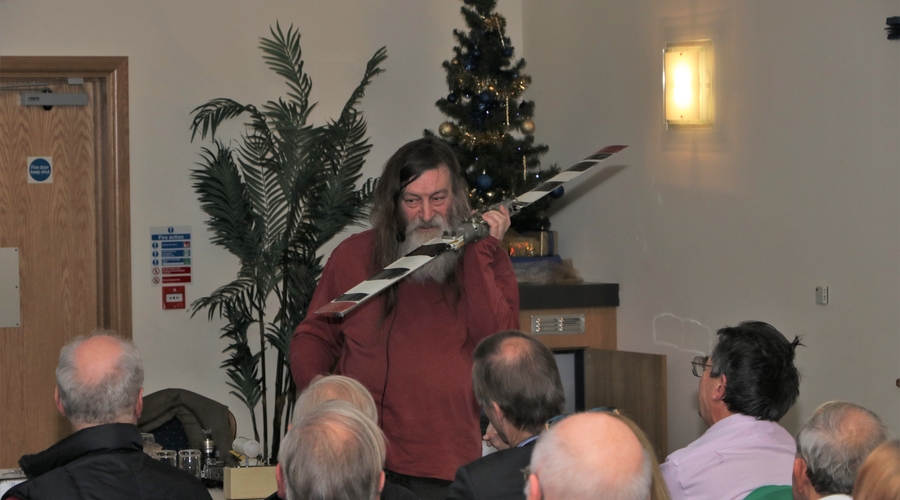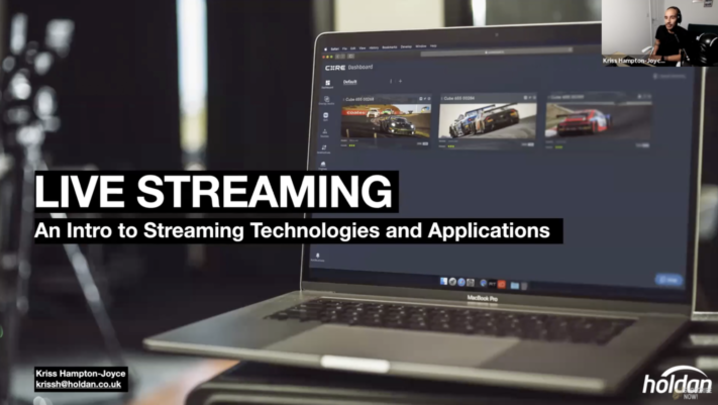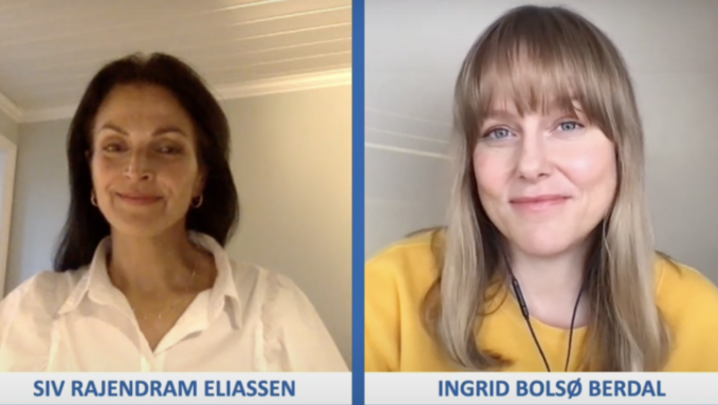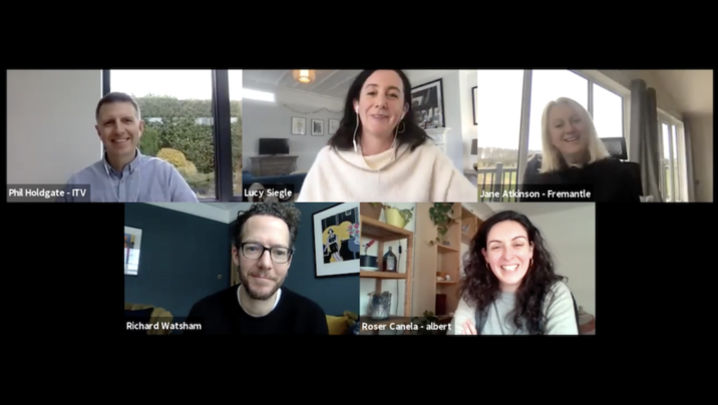Drones are taking the telly industry by storm and Thames Valley’s Christmas lecture in mid-December offered a perfect introduction to the science behind how they fly. Addressing a packed audience, John Watkinson – industry guru and technical author – demystified helicopter flight.
Using his signature approach – no nonsense, plain speaking – Watkinson jumped straight into basic aerodynamic theory, revealing that not only do rotors provide lift, they also replicate gyroscopes, a key consideration for safe control.
He went on to describe some of the critical helicopter components that keep the aircraft in the sky and manoeuvre it wherever the pilot wants. Reliability is paramount and safety is always in the mind of a helicopter designer.
Helicopter flight isn’t as obvious as it would seem; strange and complex aerodynamics occur when the aircraft approaches the ground or gets too close to a mountain side, making flight potentially dangerous for the uninitiated – even for drones.
Captivating the audience for more than two hours, Watkinson spoke of his own experiences as a qualified pilot and put rest to some of the myths surrounding helicopters. On the twin-rotor Chinook, the second rotor doesn’t just stop the aircraft from spinning around, but facilitates multiple loads to be better distributed along the aircraft, allowing it to transport equipment more effectively.
A Q&A session followed, with Watkinson – author of The Art of the Helicopter – rising to the challenge and answering questions with clarity.
Although a deep technical understanding of helicopter aerodynamics is not necessary to fly a drone, understanding the basics will help camera operators achieve better, safer shots with their drone rigs, especially with the Civil Aviation Authority taking such a keen interest in their use.









